Breaking News



Popular News
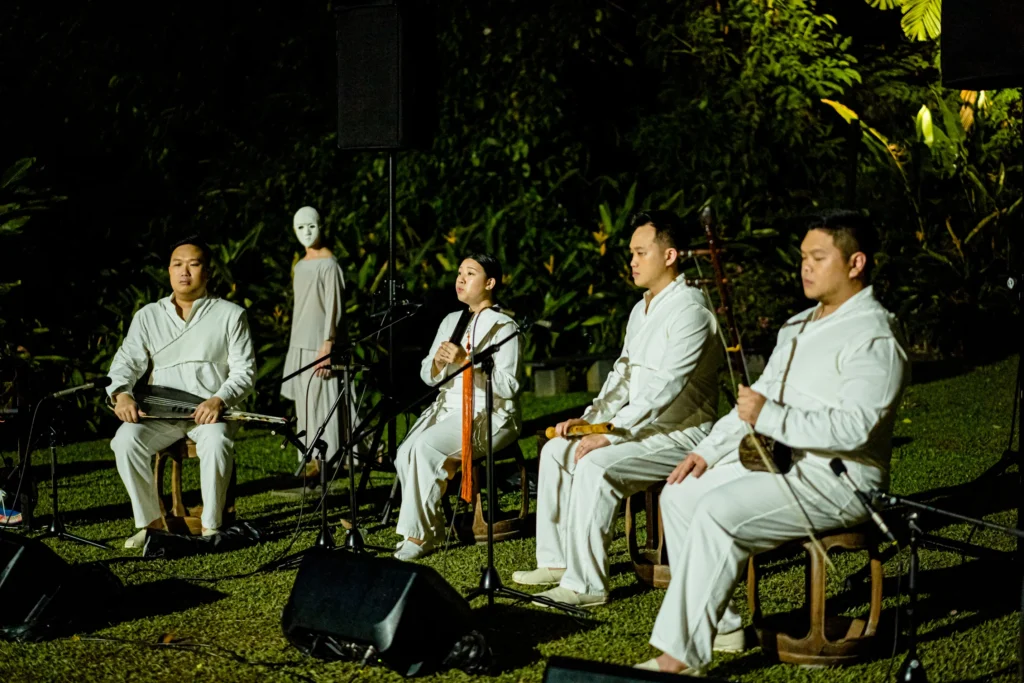












Discover Wu Zetian, China’s only female emperor: her rise to power, reforms, controversies, and legacy in the context of Cleopatra and Elizabeth I.
Wu Zetian, China’s only female emperor, is one of the most remarkable figures in world history. Rising from a minor concubine to the ruler of the Tang dynasty, she defied centuries of patriarchal tradition in a society shaped by Confucian ideology, which held that “women should not rule.” Her reign (690–705 CE) brought political reform, economic growth, and cultural flourishing. Today, she is often compared to other iconic female rulers like Cleopatra of Egypt or Elizabeth I of England, but Wu Zetian occupies a singular place: she ruled not as a consort or queen, but as emperor.
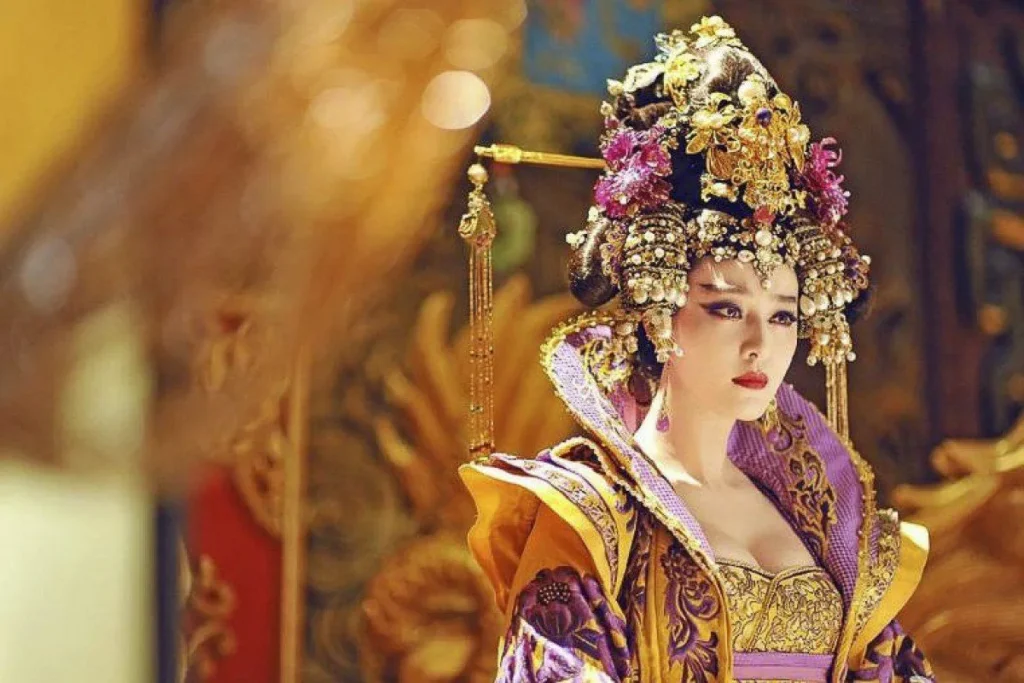
Born in 624 CE as Wu Zhao, she entered the imperial court at 14 as a concubine to Emperor Taizong. After his death, she became part of the court of his successor, Emperor Gaozong, eventually becoming his most trusted partner. Highly educated in literature, law, and Buddhist philosophy, Wu was uniquely prepared to navigate the political complexities of the imperial court.
As Gaozong’s health declined, Wu effectively assumed control as regent. In 690 CE, she officially declared herself emperor, founding the short-lived Zhou dynasty and becoming the only woman in over 3,000 years of Chinese imperial history to rule in her own name.
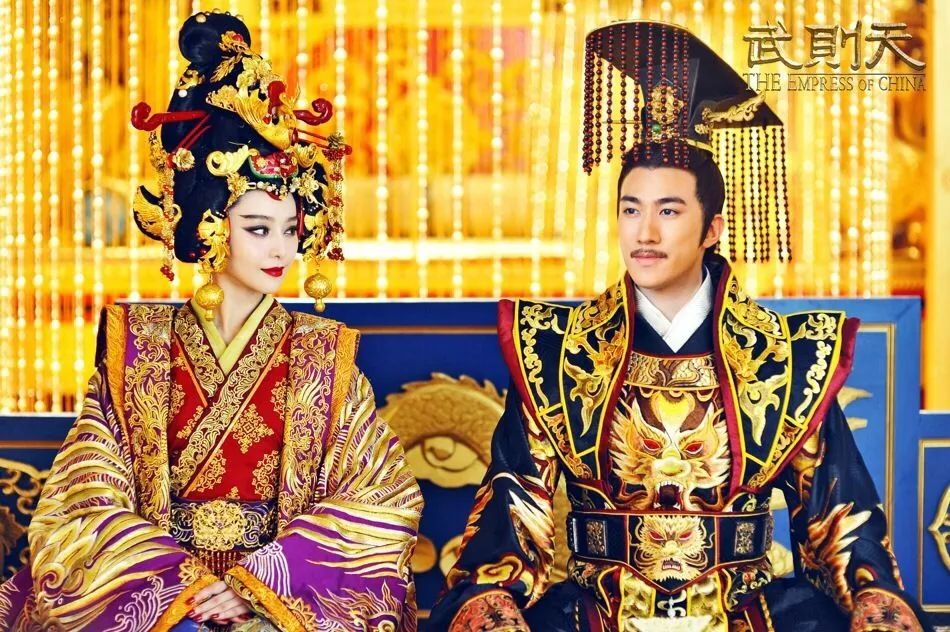
Wu Zetian’s reign was transformative:
Her reforms set foundations that influenced later Chinese dynasties for centuries.
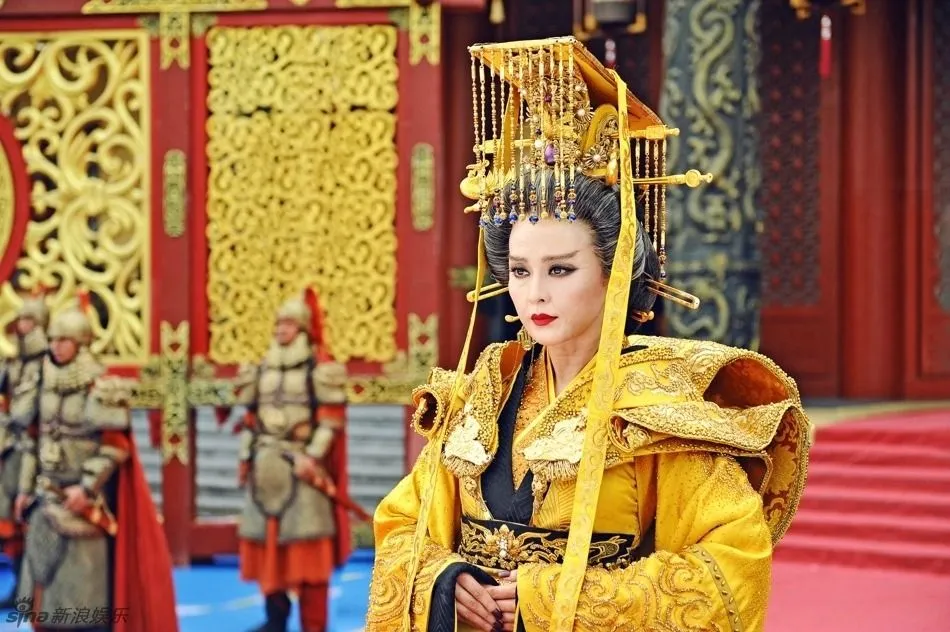
Wu Zetian’s reign was controversial. Traditional Confucian historians depicted her as ruthless, accusing her of eliminating rivals, even family members. Allegedly, she employed a secret police to neutralize opposition.
Modern historians argue that much of this criticism stems from gender bias. Out of over 200 emperors in Chinese history, she is uniquely vilified. This mirrors how Cleopatra was portrayed in Roman accounts — often judged more for her gender and relationships than her political acumen.
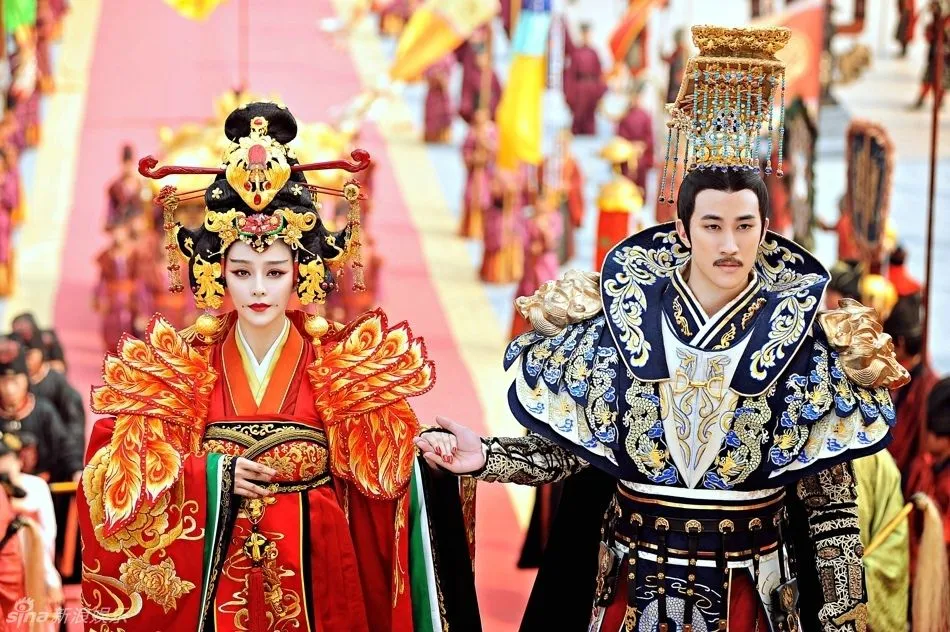
Comparing Wu Zetian to other legendary female rulers emphasizes her exceptional position:
What sets Wu apart is her title: emperor, giving her absolute power in a highly hierarchical system, unlike queens or consorts elsewhere.
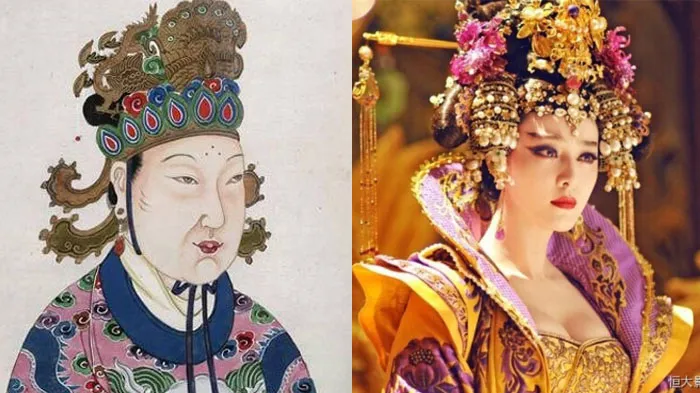
Wu Zetian ruled for 15 years, but her influence endured. Even after the Tang dynasty was restored in 705 CE, her reforms — especially the civil service examinations — continued to shape governance for centuries.
Today, Wu Zetian is celebrated as a symbol of female leadership. She inspires literature, films, television dramas, and video games. At the 1995 UN Fourth World Conference on Women in Beijing, she was highlighted as an example of women reaching the highest political authority even in deeply patriarchal systems.
Wu Zetian’s reign challenges stereotypes, sparks debate, and connects to broader global narratives about women in power.
Who was Wu Zetian?
Wu Zetian (624–705 CE) was the only woman to rule China as emperor. She founded the Zhou dynasty, implemented reforms, and extended China’s influence.
Why is her rule considered controversial?
Confucian historians depicted her as ruthless. Modern scholars argue these accounts reflect gender bias rather than factual reality.
What were her main achievements?
She expanded civil service exams, promoted agriculture, endorsed Buddhism, and strengthened China’s influence along trade routes.
How does she differ from Cleopatra or Elizabeth I?
Unlike queens or consorts, Wu held the title of emperor, giving her absolute authority in the Chinese imperial system.
What is her legacy today?
Wu Zetian is a symbol of female empowerment, inspiring literature, films, and scholarly discussions about women’s leadership.